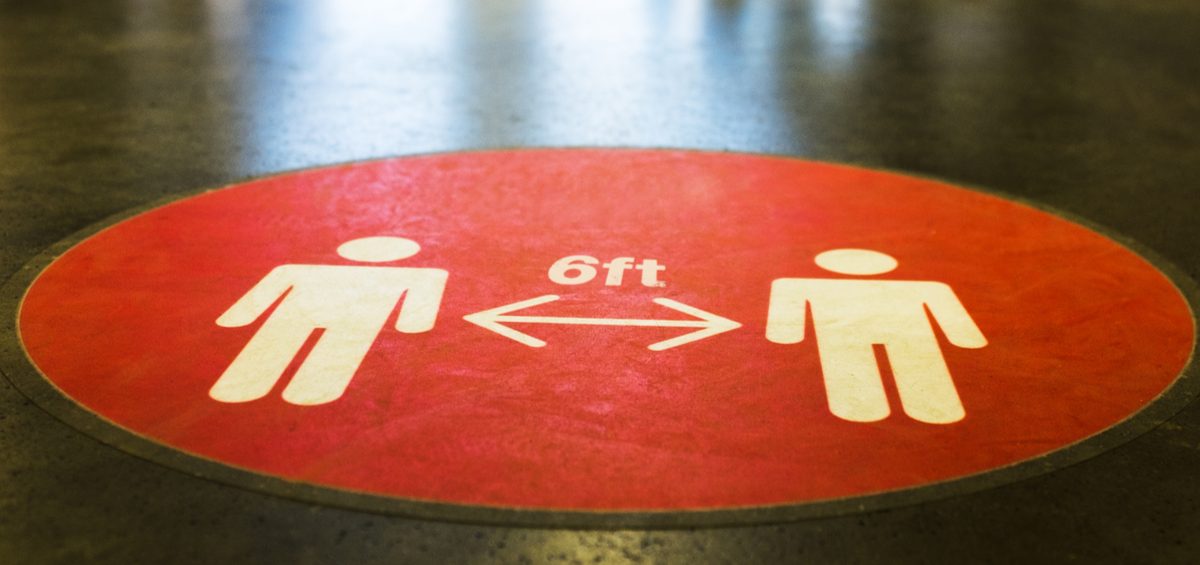Relationship marketing has always been a cornerstone of successful brands. Simply put, relationship marketing just means building a strong rapport with your customers. So is this any surprise?
Until about a year ago, relationship marketing was built largely on in-person interactions: conferences, expos, meet-and-greets, client lunches, and so on. But then the pandemic hit.
COVID changed everything about daily life, and relationship marketing wasn’t exempt. As cities across the country locked down and consumers didn’t stray beyond their front doors, brands had to scramble and rethink their relationship marketing strategies. Now, one year into the pandemic, which new relationship marketing approaches are working best? Here are just a handful of strategies that have proven successful in 2020 and 2021:
Virtual events done right. The pandemic may have cancelled in-person events, but it didn’t cancel the human desire to get together. Rather than call off annual conferences, some brands turned to virtual events — and some found tremendous success. As the Washington Post recently observed: “Despite the disappointing cancellation of countless cultural activities during the pandemic, a small silver lining has emerged: Virtual entertainment events can actually be pretty great.”
One of the first brands to take their events virtual was software giant Salesforce, which moved its “Sydney World Tour 2020” event online in March 2020. The virtual gathering featured dozens of on-demand sessions and compelling keynotes. Ultimately, Salesforce “turned an 11,000-person event into an online event watched by 80,000 people,” according to MarketWatch.
Of course, there’s a flipside to all this. Millions of us have Zoom fatigue, so online events need to be extra compelling — a boring broadcast simply won’t do. To help you out, the folks at Zoom published a helpful blog, “Best Practices for Hosting a Digital Event,” which recommends features like Q&As and polls to engage your audience.
Robust online communities. Some brands are taking things a step further and bringing whole communities online amid the pandemic. One great example is the NBA. When the pandemic struck, fans could no longer gather at arenas or the local sports bar to cheer, boo, or argue about the latest trade. And so the basketball league brought their community online.
When the 2020 season resumed in July of last year, fans were still able to show up. People streaming the game from home were broadcast onto “virtual bleachers,” or giant screens, surrounding the basketball court.
“We wanted to create something that would bring our fans to the players,” an NBA spokesperson told the New York Times. “It’s also a way to give fans the opportunity to feel like they’re interacting while enhancing the broadcast for everyone else at home.”
Not all brands can — or should — create virtual bleachers. But the NBA’s creative play might inspire you to start a message board, a hashtag, or another method for bringing together your community online.
Donor care package. Relationship marketing in the COVID era need not depend solely on the internet — snail mail works, too. When folks went into lock down, many brands took to sending care packages to keep people healthy, supported, and engaged. Cell providers like T-Mobile and Verizon sent phone chargers to hospitals. Subaru partnered with Feeding America to send 50 million meals to those in need. And The Company Store transformed their cotton sheets into masks, and then donated them to local hospitals. If this sounds like a strategy that could work for your brand, WIRED has a great list of ideas you can borrow from: “The Nonprofits and Companies Helping to Fight the Pandemic.”
With millions more Americans being vaccinated everyday, relationship marketing may soon return to its in-person roots. But the strategies and tactics that brands adopted over the past year will continue to persist, too — because they work. In 2021 and beyond, consider adding them to your relationship marketing arsenal.


